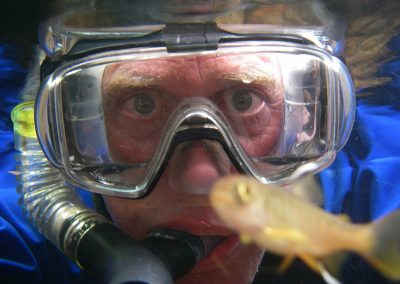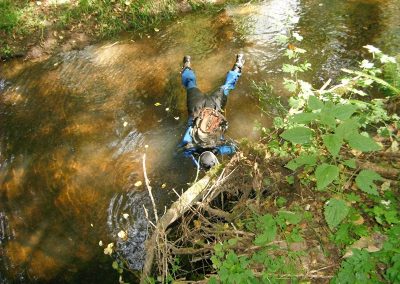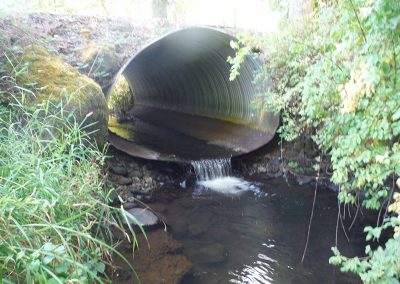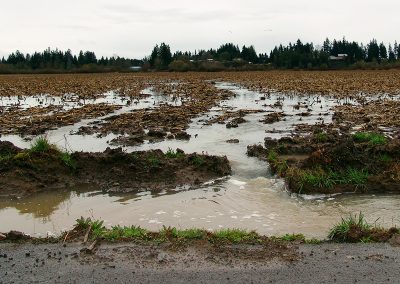Watershed Science Overview
What is a watershed?
A watershed is also known as a drainage basin or a catchment, and can be defined as an area where all the precipitation (rain, snow, sleet, etc.) drains to one common outlet. These outlets may be the outflow of a reservoir, a particular point along a channel where one stream segment (tributary) joins another, or an estuary where freshwater meets the ocean (USGS, 2018).
These freshwater ecosystems may be large or small and are often defined by the surrounding mountain ranges (the ridgelines that separate one watershed from another). Watersheds are usually a combination of creeks, lakes, rivers, ponds, and wetlands. Each one of these components of the watershed is essential for the healthy functioning of the whole.
What is watershed science?
Watershed science is the examination of the human and natural factors that both beneficially and adversely affect freshwater systems. For example, human factors can include pollution from chemical fertilizers and/or disturbance from logging activities; or restoration of natural function with a man-made project like fish passage improvements. Natural factors can include storms, fires or flood events that change the shape, and function of rivers and their adjacent lands.
With many human and natural impacts, watershed dynamics are complex. Understanding and successfully managing watersheds requires a multi-disciplinary collaboration, which we call watershed science, combining: ecology, biology, hydrology, forestry, geography, geology, and other sciences.
In order to foster healthy aquatic ecosystems, we must continuously monitor water quality as well as changes to water quantity. Along with monitoring the water itself, it is important to keep track of important plant and animal species that are native to the system. When key native species start to decline, we use watershed science to implement solutions to bring them back to healthier levels. To illustrate this, in the Pudding River, we have special policies for protecting native salmonids because they are vital to the entire ecosystem – especially in terms of nutrient cycling.
Why do we look at natural systems from a landscape scale?
Many aspects of the environment affect streamflow and overall watershed health. If we look at only water, then we are ignoring the interconnections between land, air, and water. To exemplify these interconnections, there is a constant exchange between the soil and the groundwater. To appreciate these natural interactions, we study the soil characteristics, types of plants and animals (invasive vs. native), microscopic organisms (like bacteria and fungi), human water usage, air pollution, and the land uses within the watershed (urban development, mining, logging, farming, etc.). Looking at land uses is particularly important because human activities, such as building housing developments near water, can seriously degrade aquatic habitats.
Each action we take will impact the water quality downstream. We must remember that we all live downstream of someone else and someone else lives downstream of us. Even if we do not live near a water body, our actions in town will eventually impact the water system. We can see, for example, that storm runoff carries pollutants (oil, paint, trash) from our city streets to freshwater ecosystems. Looking at the landscape scale allows us to take a holistic view of our watersheds and create more sustainable solutions. Ultimately, watershed science recognizes the interdependence of Earth’s human and natural systems and the important role people can take in their protection, restoration, and enhancement, for the benefit of their own health and well-being.
What are limiting factors in the Pudding River Watershed?
A limiting factor can be defined as any factor (living or non-living) that limits the growth or potential of a species or an ecosystem. Living limiting factors are known as biotic factors, and they can include keystone species like salmon, that are important to the rest of the food chain and biological processes in the ecosystem. When salmon populations are reduced, the whole ecosystem is stressed. Non-living limiting factors are known as abiotic factors, which can include water temperature. When the water temperature gets too high, it limits the survival of some species and changes the water quality.
In the Pudding River watershed and many others in the Pacific Northwest, temperature is a limiting factor for productive, healthy cool-water fisheries (please see our Rapid Bio-Assessment). Stream temperatures are rising due to climate change – as air temperatures increase, water temperatures do, too. Additionally, out-of-stream water uses intensify and flows become very low, further impacting the fish. Meanwhile, salmonids become increasingly stressed as juvenile fish attempt to feed and rear in very low flow conditions of warming waters.
Scientists have found that some salmon will not migrate through stream reaches with temperatures above 71 degrees F (21.7 degrees C), and they prefer to spawn in temperatures between 40 to 50 degrees F (4 to 10 degrees C) (Richter & Kolmes, 2006). In the summer of 2018, the USGS has recorded water temperatures fluctuating between 62 to 70 in Clackamas County, approaching the upper limits that salmonids can tolerate. These temperatures are high enough to cause fish significant stress, and may stop them from successfully spawning.
In 1999, the Oregon Department of Fish and Wildlife studied the Molalla -Pudding river system, and found that that low streamflows and warm water temperatures in the summer are the two most significant limiting factors for fish in the watershed. Since then, temperatures have likely continued to rise. As temperature goes up, the amount of dissolved oxygen in the water goes down, further stressing fish.
Due to these concerning trends, thermal refugia for fish are very important. Thermal refugia is a place that provides shelter in the form of cool water, where fish can escape waters that are too warm to survive. This could be a deep, cold pool or side channel where fish seek refuge (FishBase, 2018). For example, Davis Creek provides cold water habitat within the Abiqua sub-basin, and is therefore, a valuable reach that needs to be protected and provide access for fish seeking its habitats.
At the Pudding River Watershed Council, we understand the importance of fish habitat and are striving to improve local conditions for species like salmon and trout. Our projects include installing large logs in stream channels and restoring native plants along stream banks to create colder, more covered, and more complex environments required by our native fish. Please take a look at our projects to learn more and see how you can help our native fish recovery efforts. Fish passage projects will soon be initiated.
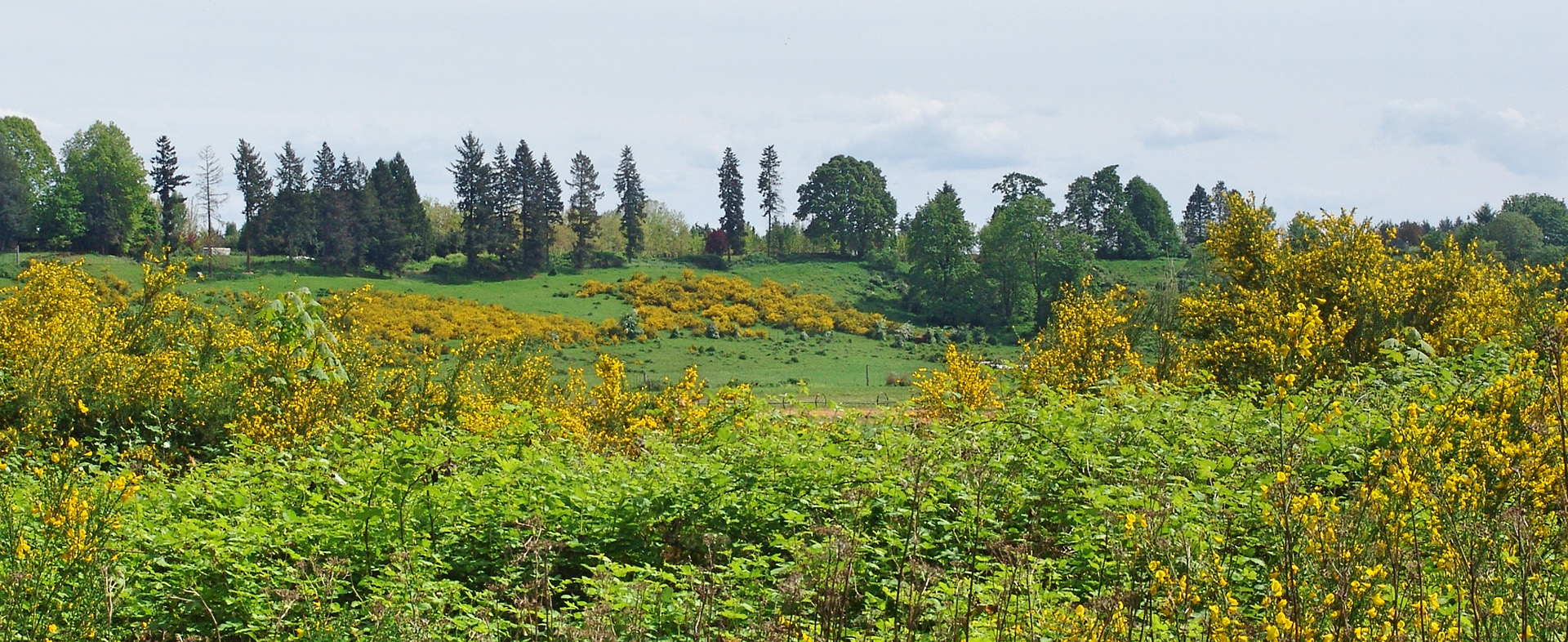
Managing Invasive Species

